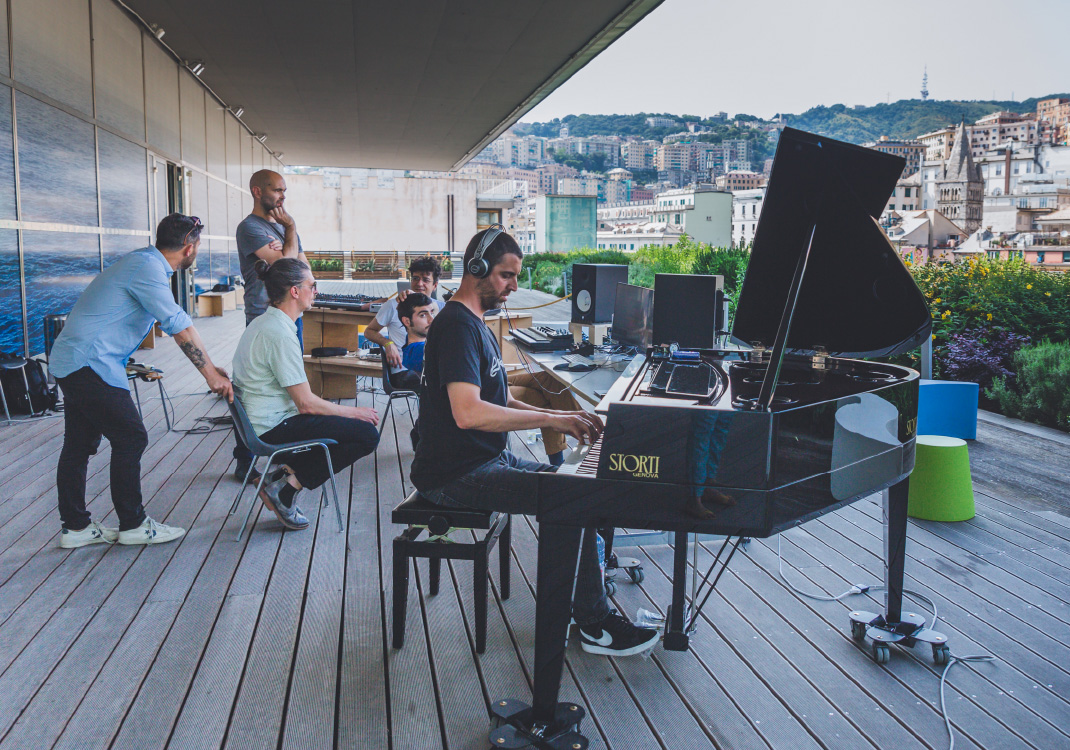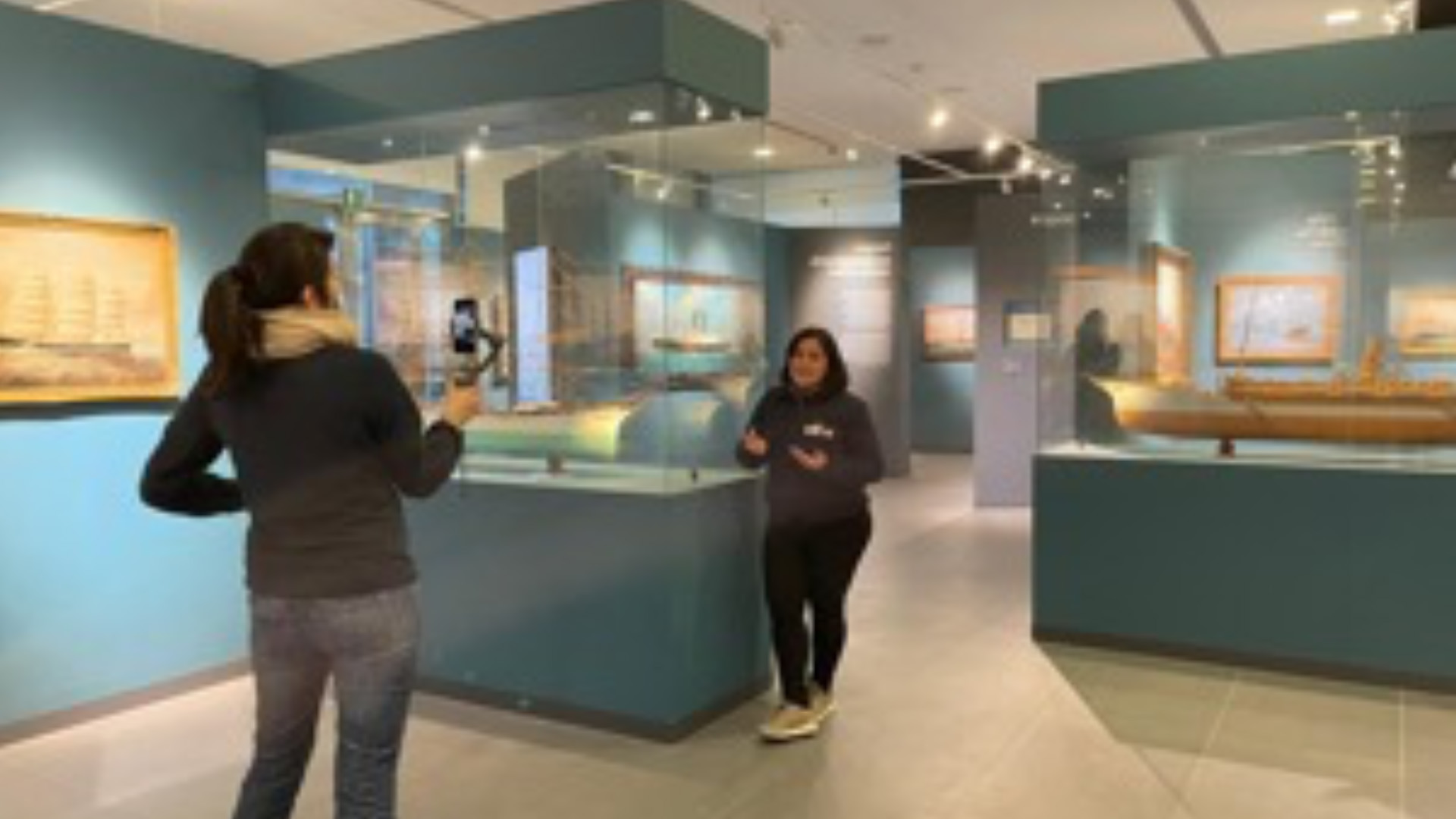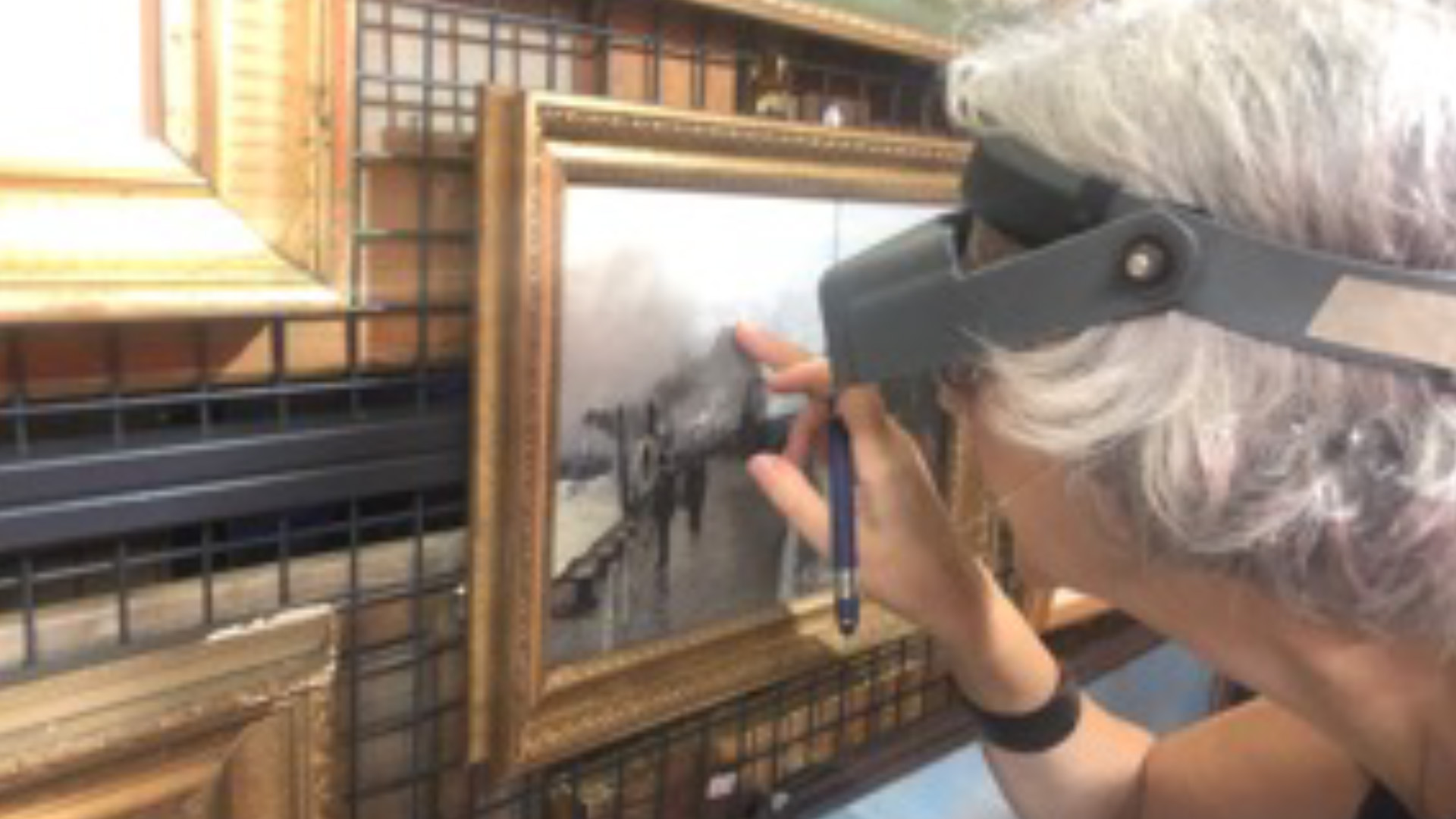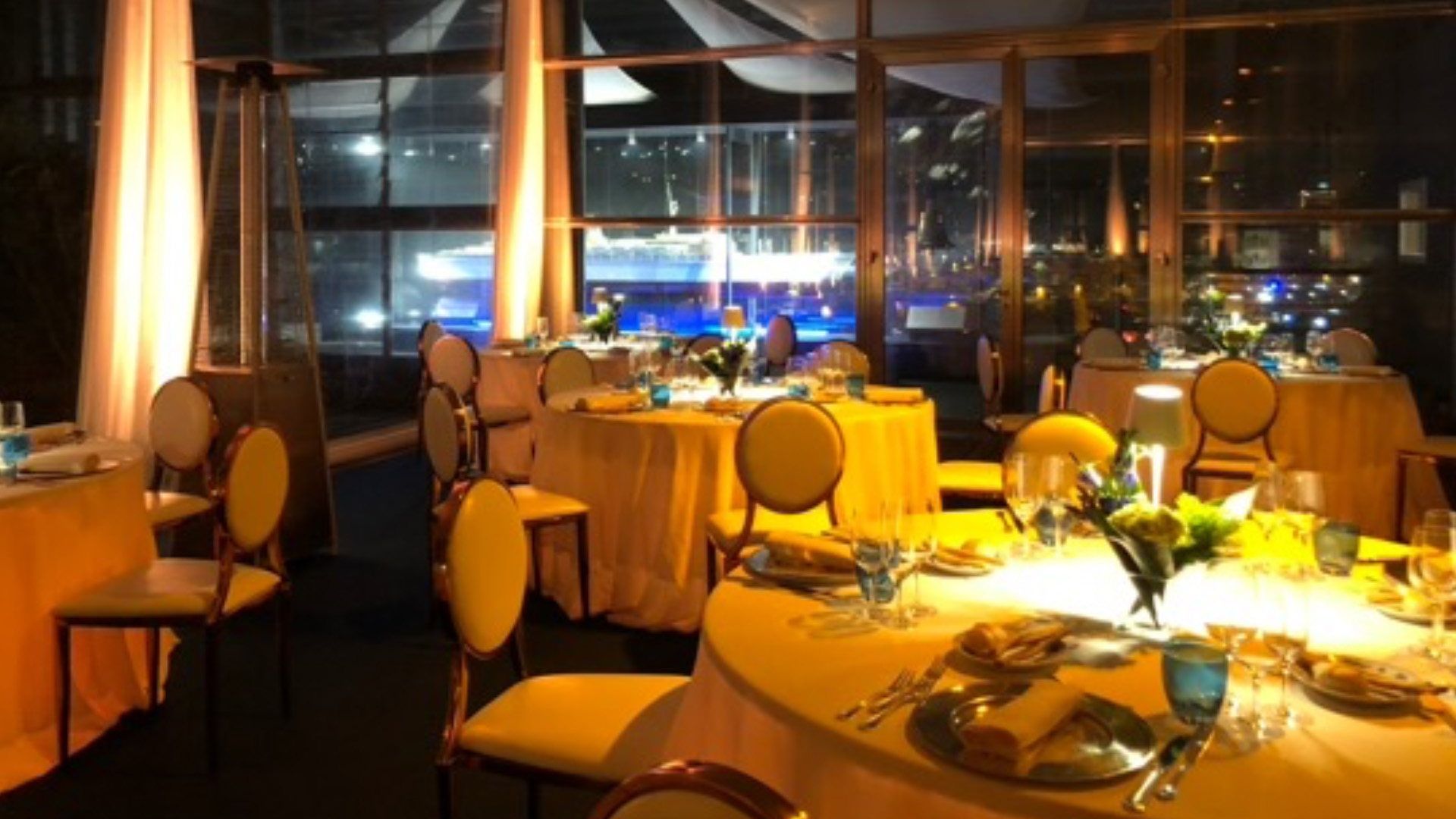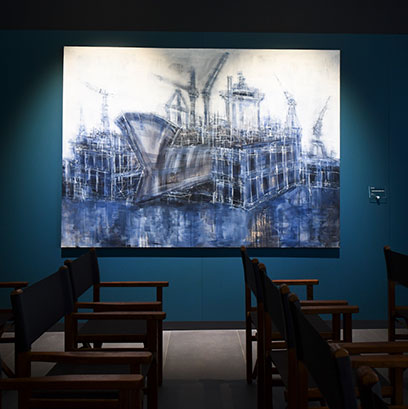

Navigare nell’Arte (Navigating Art), the exhibition in the Coeclerici Room at the Galata Museo del Mare, contains a selection of 60 of the most important works of the Paolo and Giuliana Clerici Foundation collection with a maritime theme.
The exhibition layout originated from scientific research coordinated by Pierangelo Campodonico, the director of the Museum, who reconstructed the context of the works in order to interpret them by integrating paintings, stories, light and sound technology and multimedia.
The exhibition develops across eight thematic areas:
Within a few decades seafaring encountered a real revolution. A world that had remained the same for centuries was completely transformed. Not only was there a switch from sail to steam, but also from wood to iron and steel in the construction of hulls. With the first world war the sun set on the sailing navy.
The steam engine applied to navigation radically transformed the world of maritime transport. The cargo steamer became one of the pillars of the world economy, cutting through the seas to reach the most remote ports in the world. The steamers themselves produced the industrial revolution, becoming the protagonists, allowing the quantity of material transported to multiply exponentially.
For Italian seafaring, emigration traffic was an extraordinary matter that set the economic and industrial conditions for the development of shipbuilding. Migrant ships, anonymous and crowded with people and dreams, were epoch-making far more than we can imagine.
Industrialization and war between the 19th and 20th centuries had a direct relationship. Development is often driven by merchant orders, whereas at other times, especially during periods of crisis, it is driven by military commissions paid for by the state.
With the improvement of economic conditions in the immediate post-war period a new way of travelling was born: international tourism. The Ocean Liner was an icon of the 20th century. The Italians were not left behind with ships including Rex, Andrea Doria and Michelangelo characterizing an era.
The 20th century saw a process of differentiation of boat types. The traffic multiplied and the mixed cargo ship was replaced by highly specialized ships. The traditional shipowner’s profession was also replaced by new organizations such as shipping pools, able to manage a ship in a comprehensive way.
Artists and writers have always drawn inspiration from the port of Genoa, also bearing witness to the profound change that occurred between the 19th and 20th centuries, with the end of the era of sailing and the arrival of the great age of steam.
Ports have always exerted a special charm. Today, however, the urban evolution and the needs of large specialized ships have erased the ports of the past to make room for new ports in Europe – places dominated by logistics technologies, prompting nostalgia for a world that no longer exists.
